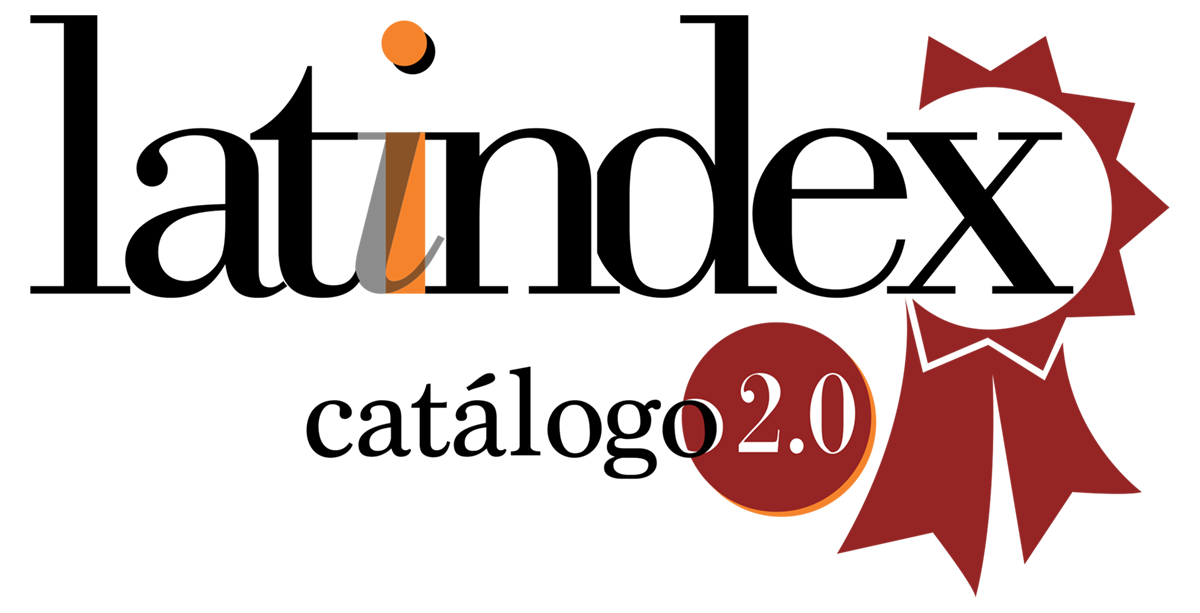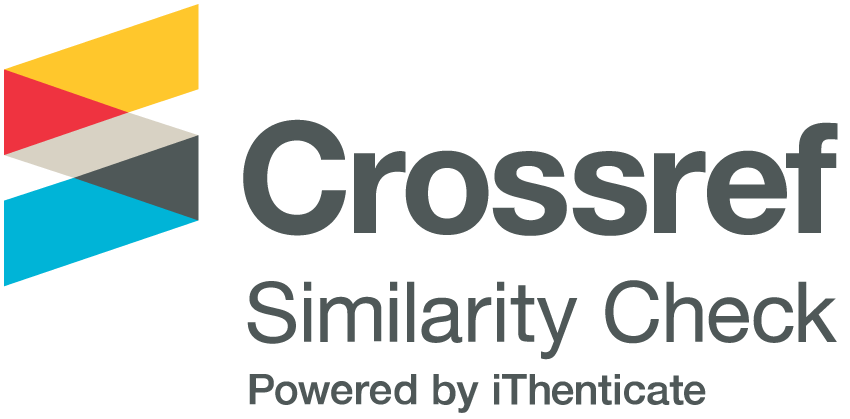Emotional Vote: An Experiment during the July 23, 2023 election in Spain
DOI:
https://doi.org/10.54790/rccs.81Keywords:
emotional vote, elicited vote, neuroscience, emotional reactions, demographic projections, facial expression analysisAbstract
New technologies and neuroscience may help complement the traditional poll-based vote projections. As such, the analysis of facial expressions help study the emotional reactions that the images of logos or candidates’ faces provoke on the voters. This research note presents the experiment that was carried out prior to the 2023 Spanish general elections using this type of technique, defining, and quantifying the emotional vote. The main methodological conclusion is that experimentally the analysis of voting intention based on traditional surveys can be complemented with the emotional reactions shown by the respondents. This emotional vote could shed new light to understand the electoral behavior of voters.
Downloads
Metrics
References
Ansolabehere, S. y Puy, M. S. (2023). Separatism and identity: a comparative analysis of the Basque and Catalan cases. European Political Science Review, 15(1), 1-18. https://doi.org/10.1017/S1755773922000261 DOI: https://doi.org/10.1017/S1755773922000261
Bigné, E., Ruiz-Mafé, C. y Badenes-Rocha, A. (2023). The influence of negative emotions on brand trust and intention to share cause-related posts: A neuroscientific study. Journal of Business Research, 157, 113628. https://doi.org/10.1016/j.jbusres.2022.113628 DOI: https://doi.org/10.1016/j.jbusres.2022.113628
Ekman, P. (1972). Universals and cultural differences in facial expressions of emotion. En J. Cole (Ed.), Nebraska symposium on motivation, vol. 19 (pp. 207-282). Lincoln NE: University of Nebraska Press.
Ekman, P. (1993). Facial expression and emotion. American Psychologist, 48(4), 384-392. https://doi.org/10.1037/0003-066X.48.4.384 DOI: https://doi.org/10.1037//0003-066X.48.4.384
Ekman, P. (1999). Basic emotions. En T. Dalgleish y M. J. Power, Handbook of cognition and emotion (pp. 45-60). New York: Wiley & Sons. https://doi.org/10.1002/0470013494.ch3 DOI: https://doi.org/10.1002/0470013494.ch3
Glimcher, P. W. y Fehr, E. (2008). Neuroeconomics: Decision Making and the Brain. London: Elsevier Science.
Gómez-Díaz, L. (2021). The Influence of Admiration on Intentions to Visit and Recommend a Destination: The Moderating Role of Negative Basic Emotions. International Conference on Tourism Research (pp. 253-260). Academic Conferences International Limited.
Hamelin, N., Al-Shihabi, S., Quach, S. y Thaichon, P. (2022). Forecasting advertisement effectiveness: Neuroscience and data envelopment analysis. Australasian Marketing Journal, 30(4), 313-330. https://doi.org/10.1177/18393349211005061 DOI: https://doi.org/10.1177/18393349211005061
Jaráiz, E., Lagares, N. y Pereira, M. (2020). Emociones y decisión de voto. Los componentes de voto en las elecciones generales de 2016 en España. Revista Española de Investigaciones Sociológicas, (170), 115-136. https://doi.org/10.5477/cis/reis.170.115 DOI: https://doi.org/10.5477/cis/reis.170.115
Knutson, B., Rick, S., Wimmer, G. E., Prelec, D. y Loewenstein, G. (2007). Neural predictors of purchases. Neuron, 53(1), 147-156. https://doi.org/10.1016/j.neuron.2006.11.010 DOI: https://doi.org/10.1016/j.neuron.2006.11.010
Marcus, G. E. (2000). Emotions in politics. Annual Review of Political Science, 3(1), 221-250. https://doi.org/10.1146/annurev.polisci.3.1.221 DOI: https://doi.org/10.1146/annurev.polisci.3.1.221
Marques dos Santos, J. P., Martins, M., Ferreira, H. A., Ramalho, J. y Seixas, D. (2016). Neural imprints of national brands versus own-label brands. Journal of Product & Brand Management, 25(2), 184-195. https://doi.org/10.1108/JPBM-12-2014-0756 DOI: https://doi.org/10.1108/JPBM-12-2014-0756
Masch, L., Gassner, A. y Rosar, U. (2021). Can a beautiful smile win the vote? The role of candidates’ physical attractiveness and facial expressions in elections. Politics and the life sciences, 40(2), 213-223. https://doi.org/10.1017/pls.2021.17 DOI: https://doi.org/10.1017/pls.2021.17
Melero, R. y Cantero, M. J. (2008). Los estilos afectivos en la población española: un cuestionario de evaluación del apego adulto. Clínica y Salud, 19(1), 83-100.
Meza-García, B. y Rodríguez-Ibáñez, N. (2021). Driver’s Emotions Detection with Automotive Systems in Connected and Autonomous Vehicles (CAVs). En Proceedings of the 5th International Conference on Computer-Human Interaction Research and Applications (CHIRA 2021) (pp. 258-265). https://doi.org/10.5220/0010741100003060 DOI: https://doi.org/10.5220/0010741100003060
Oñate, P., Pereira López, M. y Mo Groba, D. (2022). Emociones y voto a Vox en las elecciones generales españolas de abril y noviembre de 2019. Revista Española de Ciencia Política, (58), 53-81. https://doi.org/10.21308/recp.58.02 DOI: https://doi.org/10.21308/recp.58.02
Ortigueira-Sánchez, L. C. y Cárdenas-Egúsquiza, A. L. (2022). Political leadership, a quasi-experimental study of Peruvian voters’ emotional reaction and visual attention to political humor. International Review on Public and Nonprofit Marketing, 19(1), 101-126. https://doi.org/10.1007/s12208-021-00293-4 DOI: https://doi.org/10.1007/s12208-021-00293-4
Otamendi, F. J., Brocas, I. y Carrillo, J. D. (2018). Sequential Auctions with Capacity Constraints: An Experimental Investigation. Games, 9(1). https://doi.org/10.3390/g9010015 DOI: https://doi.org/10.3390/g9010015
Pereira, M., Lagares, N. y López-López, P. C. (2021). Partidos y líderes en las elecciones generales de 2016 y 2019. Una visión emocional. Revista de Estudios Políticos, 193, 211-249. https://doi.org/10.18042/cepc/rep.193.07 DOI: https://doi.org/10.18042/cepc/rep.193.07
Rivera Otero, J. M., Castro Martínez, P. y Mo Groba, D. (2021). Emociones y extrema derecha: el caso de VOX en Andalucía. Revista Española de Investigaciones Sociológicas, 176, 119-140. https://doi.org/10.5477/cis/reis.176.119 DOI: https://doi.org/10.5477/cis/reis.176.119
Rodríguez-Fuertes, A., Alard-Josemaría, J. y Sandubete, J. E. (2022). Measuring the candidates’ emotions in political debates based on facial expression recognition techniques. Frontiers in Psychology, 13, 785453. https://doi.org/10.3389/fpsyg.2022.785453 DOI: https://doi.org/10.3389/fpsyg.2022.785453
Romero-Luis, J., Carbonell-Alcocer, A., Levratto, V., Gertrudix, M., Casado, M. D. C. G. y Hernández-Remedios, A. (2023). Design and assessment of an experimental model for evaluating the effectiveness of audiovisual products on the circular economy aimed at promoting environmental awareness. Journal of Cleaner Production, 423. https://doi.org/10.1016/j.jclepro.2023.138820 DOI: https://doi.org/10.1016/j.jclepro.2023.138820
Schreiber, D. (2017). Neuropolitics: Twenty years later. Politics and the Life Sciences, 36(2), 114-131. https://doi.org/10.1017/pls.2017.25 DOI: https://doi.org/10.1017/pls.2017.25
Suominen, S. (2021). Sport and Cultural Events: Willingness to Pay, Facial Expressions and Skin Response. Athens Journal of Sports, 8(3), 201-214. https://doi.org/10.30958/ajspo.8-3-3 DOI: https://doi.org/10.30958/ajspo.8-3-3
Timme, S. y Brand, R. (2020). Affect and exertion during incremental physical exercise: Examining changes using automated facial action analysis and experiential self-report. PLoS ONE, 15(2). https://doi.org/10.1371/journal.pone.0228739 DOI: https://doi.org/10.1371/journal.pone.0228739
Vélez, W. I. A., Sebedón, D. D. L. T. y Pacherres, B. K. V. (2020). Escala de la actitud electoral basada en neuropolítica frente a los estímulos de la comunicación política en jóvenes y adultos de la ciudad de Piura, 2019. Paian, 11(2), 10-20. https://doi.org/10.26495/rcp.v11i2.1512 DOI: https://doi.org/10.26495/rcp.v11i2.1512
Downloads
Published
How to Cite
Issue
Section
License
Copyright (c) 2024 Dr., Dr., Dr., Eva Borrega-Alonso, Lucía M. Guerras

This work is licensed under a Creative Commons Attribution-NonCommercial-ShareAlike 4.0 International License.










